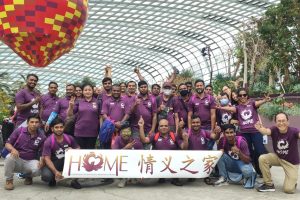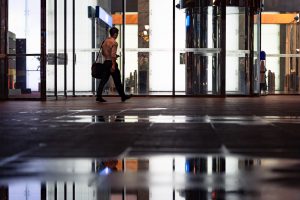Yet, the migrant worker issue has remained conspicuously absent from the campaign trail thus far. It remains unclear what lessons we will draw from the outbreak, and whether we will see any fundamental policy changes post-pandemic.
Currently, different parties seem to be talking across each other, and cannot even agree on the points of consensus and contention. This article attempts to map out where the disagreement is, in the hopes that parties can continue to discuss this post-elections.
Civil society groups have pointed to crowded dorm conditions as the root cause of the Covid-19 outbreak in dormitories. They cite the Straits’ Times report about cramped living quarters and squalid sanitary conditions as the primary reason why, despite aggressive efforts to encourage ‘social distancing’, it is simply impossible for those in the migrant community to do so.
Some however disagree that the root cause of the Covid-19 outbreak is due to poor dormitory conditions, and thus, reject the idea that there is anything substantially wrong with the way Singapore treats migrant workers.
First lady Ho Ching, Former NMP Calvin Cheng, and NUS Professor Ben Leong have all written about how dormitory conditions are not to blame; rather, it is “communal living” that explains high infection rates. Ho Ching cited other examples of tightly-packed environments that led to high infection rates: cruise ships, nursing homes, and so forth. Some, like Ben, go even further to say that not only are dormitory conditions not the root cause of the Covid-19 outbreak in migrant dormitories, the fact that migrant worker NGOs and activists are “capitalizing” on this outbreak to “lobby for an agenda” is “despicable”.
As such, there is disagreement on whether the outbreak indicates that the status quo for migrant workers is bad.
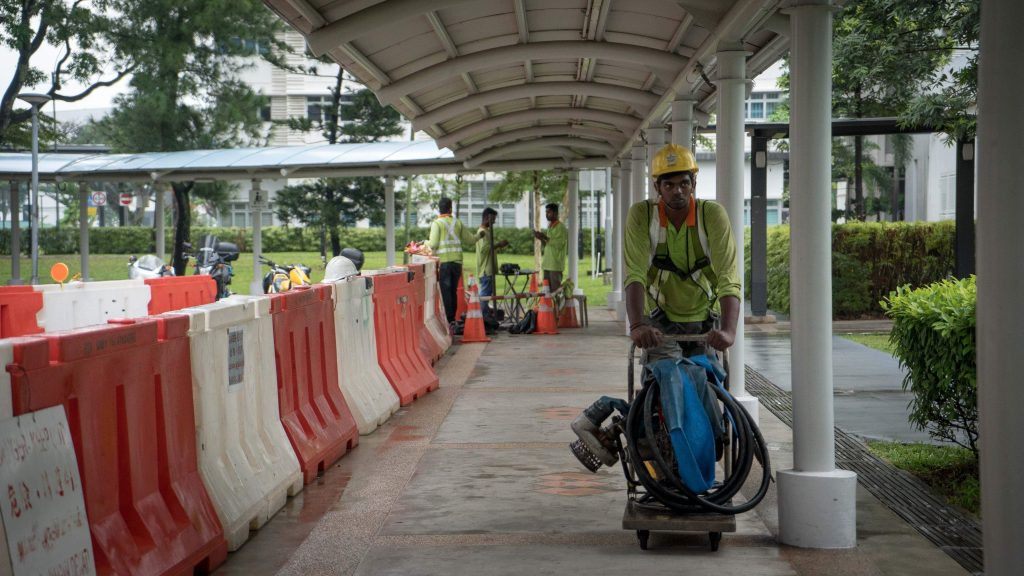
Then there are those who agree that the status quo is bad, but disagree on why the status quo is bad, and therefore what are the next steps we need to take.
The government’s main takeaway from the outbreak seems to be that dormitories are part of the problem, and thus, need to be redesigned to be pandemic-proof. In fact, it has already announced plans to build new purpose-built dormitories that would be significantly more spacious for each migrant worker, capping each room to a maximum of ten people (in contrast to the 12 – 16 that’s currently the norm), with only single beds being used. They have also introduced minimum square footage requirements, and one set of toilets per five beds instead of fifteen.
The difference is, the government’s acceptance of the root cause doesn’t point to a fundamental ideological shift. The government is not saying that migrant workers’ rights are important in and of themselves, but that new spacious dormitories are important to improve pandemic-resilience. Pragmatically speaking, if another outbreak were to occur, Singapore might have to enter another circuit breaker, which would surely hurt the economy. As many people have said, “the virus does not discriminate based on citizenship”, so community infection rates apply to all, whether you are a migrant worker or not.
In contrast, migrant rights activists dispute this framework that migrant workers’ health should be seen primarily by their economic utility or through the lens of pragmatism. Instead, they argue that we should center migrant workers’ rights at the heart of the debate, one that is informed by largely ethical arguments, according to a view of human rights that prioritizes workers’ dignity and labour rights. This view has been put forth by the Workers’ Party in their manifesto, which calls for greater political will to improve their living conditions “not just to prevent the spread of infections, but also because we have a moral responsibility to these workers” (p. 6).
Others have argued that even if we agree to re-center migrant workers’ rights at the heart of the debate, translating that ideology into practice looks very different in practice.
Some writers, such as Bryan Cheang of the Adam Smith Center, have pointed out that civil society’s position is inconsistent – even if we were to center migrant workers’ rights, reforming the current migrant worker system based on their suggestions (raising wages for instance) would actually diminish migrant workers’ welfare as a whole. He makes the argument that global migration has been one of the greatest engines of growth, and that more, not less, migration is needed if we want to improve migrant workers’ welfare.

So, how can this be right? Civil society advocates argue in the name of migrant workers’ rights too. The difference thus lies in whose welfare is privileged and how it is measured: whereas thinkers like Bryan treat “migrant welfare” as an abstract entity, weighing the potential welfare of prospective migrants as equivalent to those already in Singapore; migrant rights advocates in Singapore privilege the welfare of migrant workers already in Singapore.
Civil society groups might have to accept that improving minimum standards of living for migrant workers already in Singapore would certainly improve the welfare of those already in Singapore, but might lead to a prospective welfare loss of potential migrant workers. It might also mean that the newest and least skilled migrant workers currently already in Singapore would be retrenched, since improving the minimum standards of migrant workers already in Singapore might entail higher wage floors that would dissuade employers from hiring migrant workers, and might even push them to retrench some existing ones.
Then there are those who agree on the root cause, and don’t dispute the need to improve migrant worker conditions or wages or rights, but dispute on how best to fix it.
As mentioned earlier, NGOs argue that dormitories are just the tip of the iceberg, and call for broader migrant worker reforms that would include reducing agency fees, giving migrant workers higher wages, giving more labour rights to workers, and improving food conditions.
Some economists and other academics have stepped up to say that in order to achieve most of the above, Singapore would need to drastically reduce our reliance on foreign labour, for we cannot afford to substantially raise wages and living conditions without instituting some kind of minimum salary threshold (equivalent to a minimum wage floor). They warn that Singaporeans would have to be prepared to pay more essential services such as cleaning, and that the spillover effects of migrant worker-intensive industries such as construction would have to be borne by all.
Some, however, cite the impossibility of weaning our reliance on migrant workers as a reason for reluctantly sticking to the status quo. In a survey commissioned by the ST, around half of Singaporeans would still be unwilling to take up jobs in the essential services industry, even if wages were tripled. Thus, while they commend migrant worker activists and NGOs for their efforts to improve migrant workers’ rights, they claim that the policies that we would have to put in place to achieve them are simply unrealistic.
But others have pushed back, to say that even these pragmatic concerns can be circumvented with innovative thinking and some imagination. The Workers’ Party’s Yee Jenn Jong wrote about how our current levels of migrant labour is neither natural nor inevitable, but a product of an unsustainable economic policy that has been based on importing labour at the expense of productivity growth. Citing Japan and New Zealand as models, these groups of people argue that we should be thoroughly exploring all options to raise productivity and make construction industries less labour-intensive.
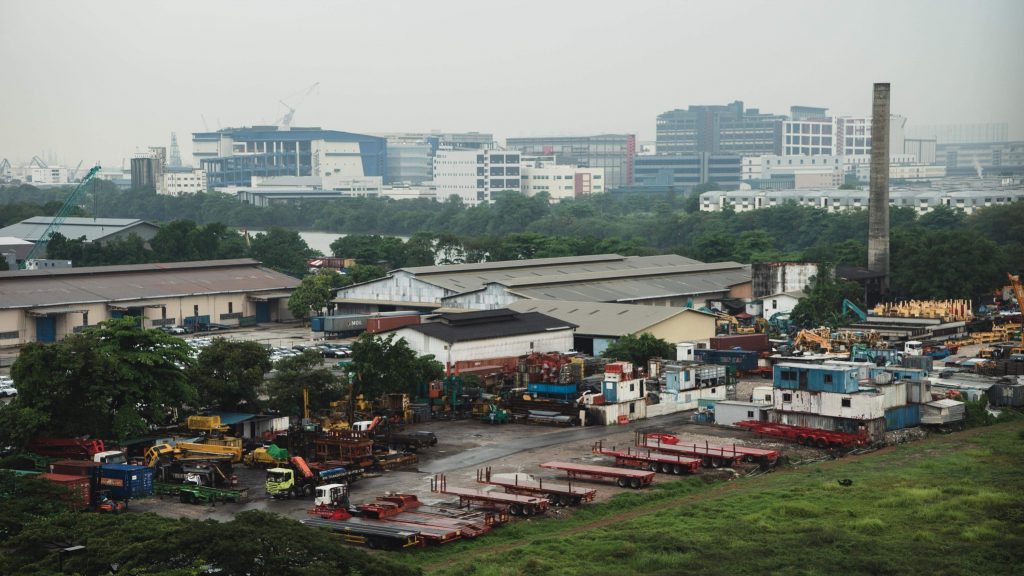
Academics like Eugene Tan and Donald Low agree that we have to raise migrant worker salaries, but argue that these costs should be borne by companies, rather than by the government or society. They point to how while the profits of construction firms are privatized, the costs have been socialized, as the government has dug into their opaque coffers to shoulder most of the costs, paid for by taxpayers. They also ask if the government can use revenue from the levy system to help facilitate the transition, instead of relying on taxpayers money.
At heart, these disagreements are centered around the concept of ‘trade-offs’—an oft-invoked term by policymakers and politicians. In other words, although they sympathize with migrant rights advocates, they argue that ultimately, there are no perfect solutions, for each come with different costs and benefits, distributed differently across different groups of people. The question is, whose needs do we prioritize and why?
Each of these disagreements should not be seen in isolation, but as interlocking factors that inform the other. What I hope to illustrate is that solving the “migrant worker issue” is very complex, and cannot be addressed with a pithy IG graphic or snappy op-ed alone (this article included!).
The point of this article was to map out the debate thus far, and show how our positionality (migrant rights advocate, trade association, public servants, the general public, journalists, and so forth) shapes the the lens we use, which in turns affects how we define or diagnose the “problem” and thus the “solutions” we seek.
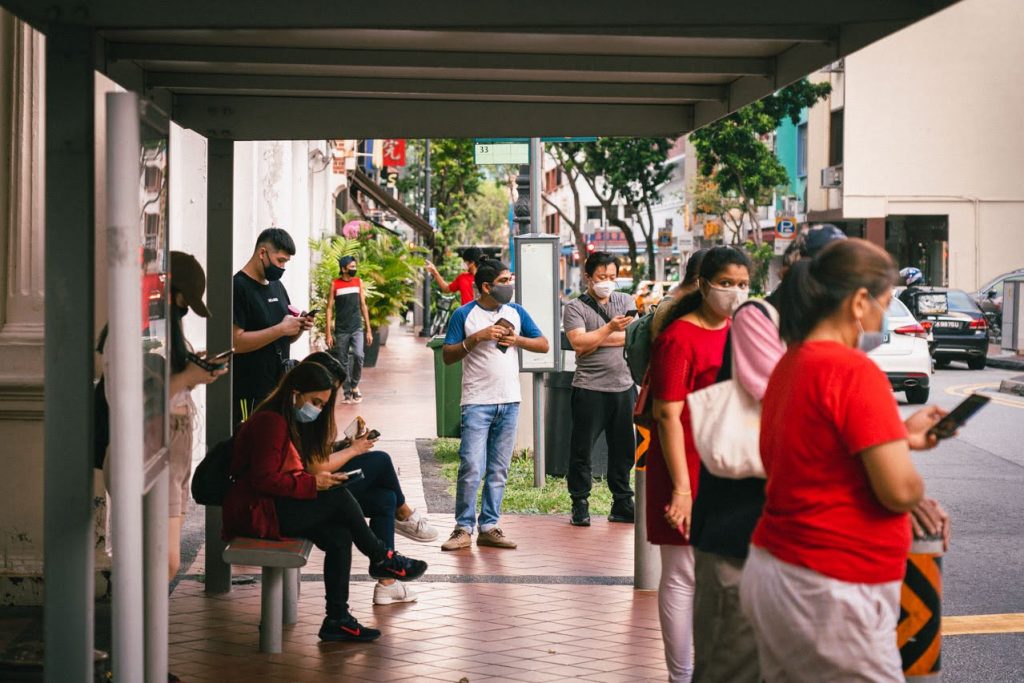
This applies to all parties involved—civil society members should recognize that the kinds of justice they are pushing for represent only one vision of “justice”—there are multiple, competing, and sometimes conflicting, dimensions of justice involved. At the same time, it is unfair for the government or other semi-public intellectuals to criticize them for “having an agenda”. By definition, all interest groups have an agenda, including the trade associations that have been quick to publish statements amidst the crisis.
The public should also realize we cannot eat our cake and have it too. It would be hypocritical of us to condemn existing migrant worker dormitory conditions, only to chafe when the government announces the building of new dormitories in our own vicinities.
The ugly NIMBY sentiments that have emerged brings to mind another question – in a one-party, pseudo-democracy like Singapore, what is the government to do if not all of civil society’s policies have buy-in from the public? Should the government spend some political capital pushing forth these policies in the name of progressive leadership? Or should they “listen to the people” and hold back on these policies in the aftermath of NIMBY sentiments?
The inherent difficulties of addressing this issue should give us pause.
Still, there is room for optimism. There are some clear grounds for consensus – most people agree that current living conditions can and should be improved, and the government has already acted swiftly and decisively in that direction. Other areas of debate – how much, how to, and how likely we can reduce foreign worker reliance are more murky.
Finally, instead of thinking about the issue in silos, there is room for all parties to work together to achieve common goals. For example, the issue of high agency fees may be difficult to address from a governmental perspective, since Singapore represents merely one node in a transnational migration industry, and the government does not have the jurisdiction to regulate agency fees outside our territory. Businesses, however, can help address this gap. In fact, local start-up Sama aims to do precisely that, and has already obtained 1.2 million in seed funding to drastically slash agency fees.
The near absence of debate over the migrant worker issue this election season is concerning, given that it has been on the forefront of the national agenda the past few months. Unless we collectively agree that the status quo is sufficient, I hope to see all parties articulate their positions on this issue more clearly even after elections end, no matter the results.



